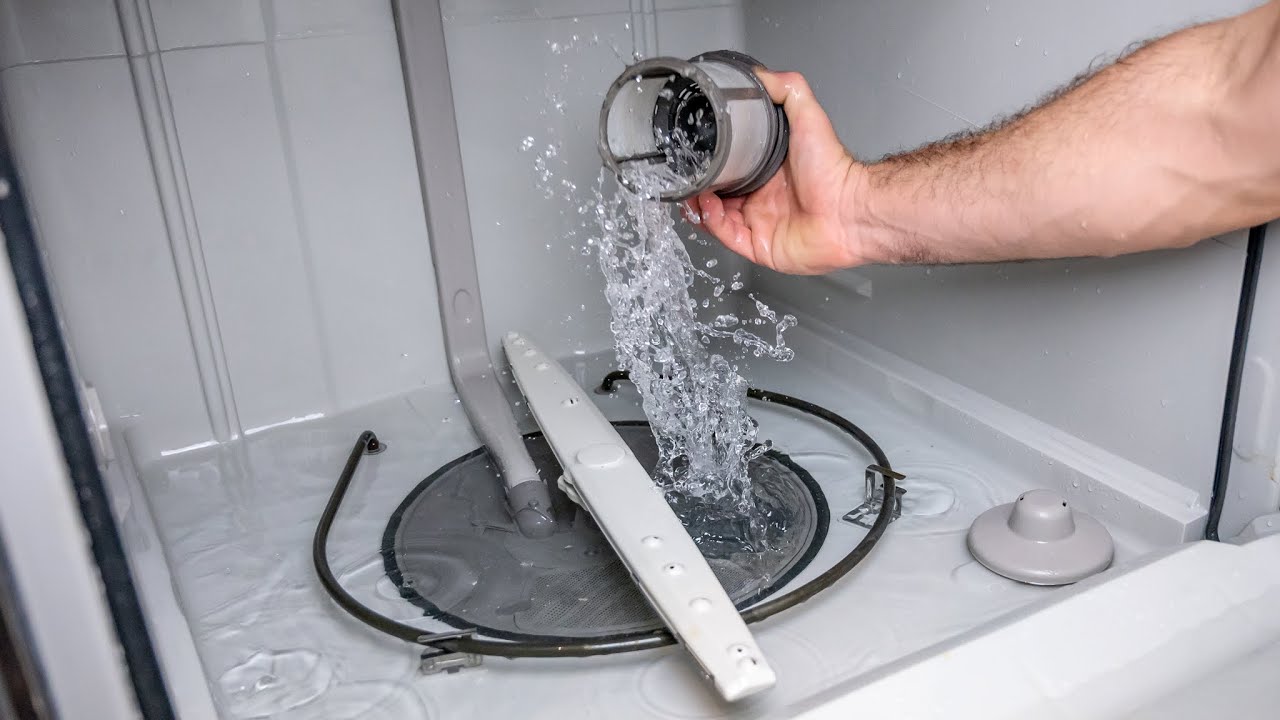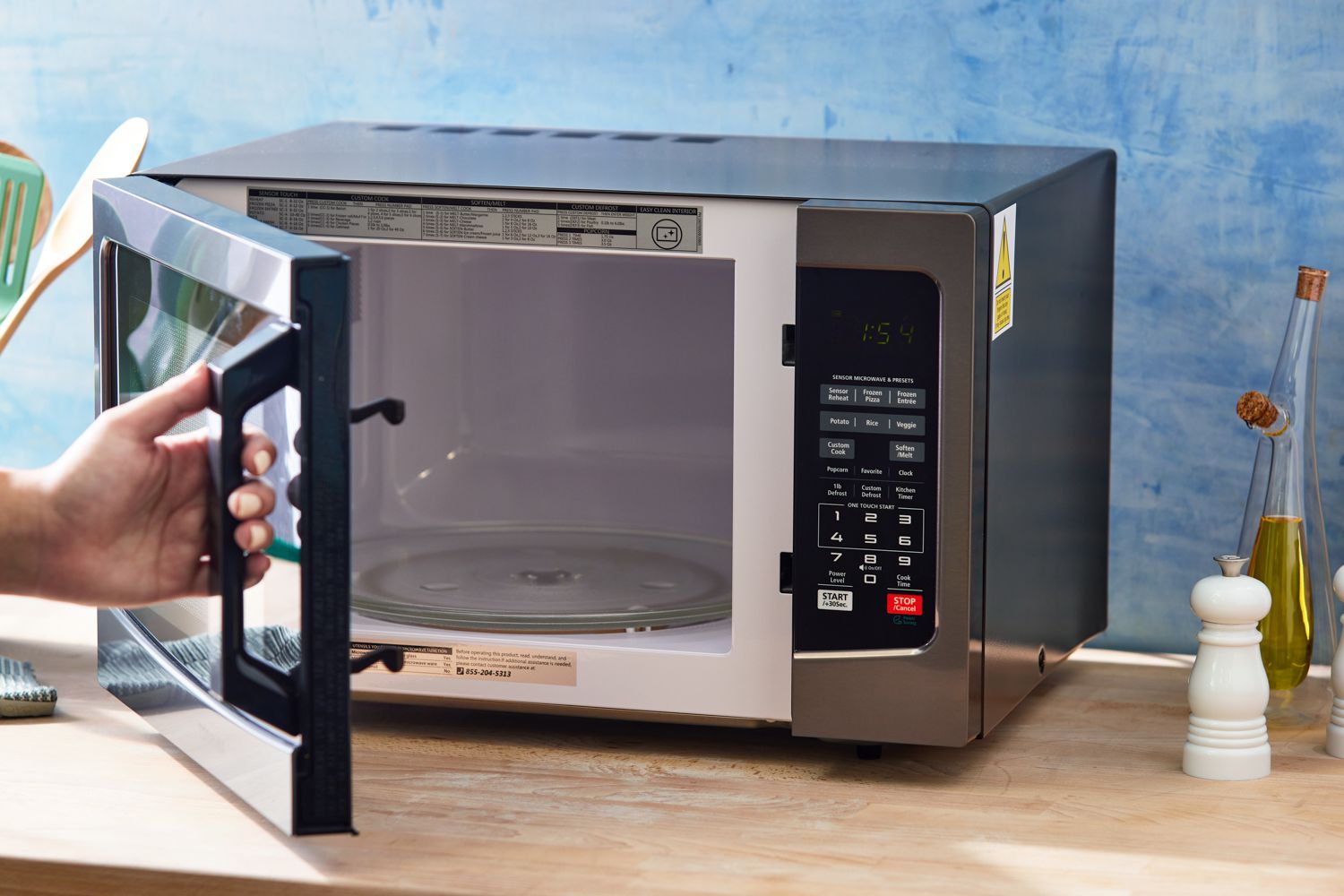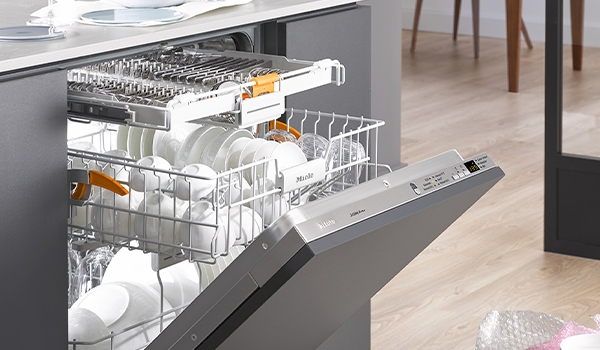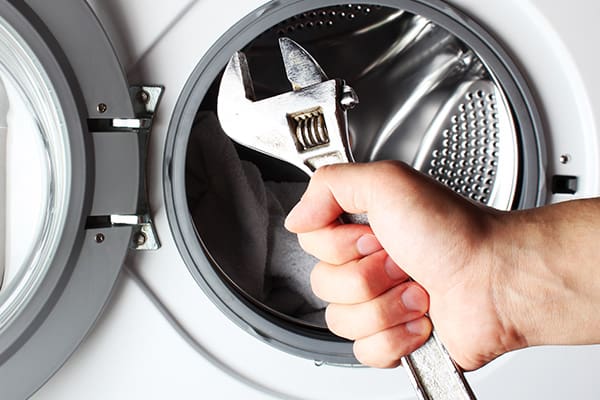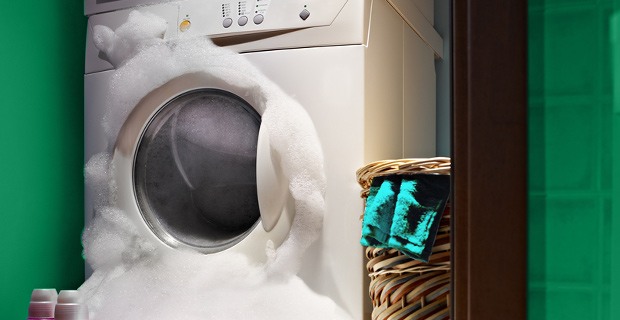Why is the dishwasher not draining water?
A malfunctioning dishwasher that fails to drain water is a common household issue that can disrupt daily routines. Efficient water drainage is crucial for optimal dishwasher performance, and when this process encounters problems, it leads to inconvenience. This guide explores the reasons behind a dishwasher not draining water, offering practical solutions for users. From simple clogs to complex mechanical issues, understanding these factors empowers users to address problems promptly. By emphasizing routine maintenance and identifying signs of drainage system issues, this guide aims to assist users in restoring their dishwasher's functionality and maintaining a smoothly operating kitchen appliance.
Dishwasher Water Drainage Issues: Common Causes and Solutions
Dishwasher water drainage issues can be a frustrating setback in maintaining a smoothly functioning kitchen. When faced with the common problem of a dishwasher failing to drain water, identifying the root causes becomes paramount for effective troubleshooting.
One prevalent issue is the accumulation of debris and food particles in the dishwasher's drain filter and hose. Over time, this build-up obstructs the water flow, preventing efficient drainage. Regular cleaning and maintenance of these components are essential to prevent clogs.
Faulty or clogged drain pumps represent another frequent culprit. These pumps are responsible for expelling water from the dishwasher, and any disruption in their operation can hinder drainage. Checking for debris, ensuring proper pump functioning, and replacing worn-out parts can resolve this issue.
A malfunctioning check valve is also a potential cause of drainage problems. This valve, designed to prevent water from returning to the dishwasher after draining, may become stuck or damaged. Inspecting and, if necessary, replacing the check valve can restore normal drainage.
In conclusion, addressing dishwasher water drainage issues involves a systematic approach of inspecting and maintaining key components. By understanding and tackling common causes like debris accumulation, pump issues, and malfunctioning check valves, users can restore their dishwasher's drainage functionality and ensure uninterrupted kitchen efficiency. Regular maintenance practices remain crucial in preventing these issues, and promoting optimal dishwasher performance.
Ensuring Optimal Dishwasher Performance: Troubleshooting Water Drainage Problems
Ensuring optimal dishwasher performance is integral to maintaining an efficient kitchen environment, and one of the common challenges users encounter is water drainage issues. Troubleshooting these problems requires a systematic approach to identify and address the root causes.
A primary concern is the accumulation of debris in the dishwasher's drainage system, particularly the filter and hose. Over time, these components may become clogged, impeding water flow. Regularly inspecting and cleaning the filter and hose can prevent this issue and promote consistent drainage.
Faulty or clogged drain pumps can also contribute to drainage problems. These pumps play a pivotal role in expelling water from the dishwasher, and any disruption can hinder the drainage process. Users should inspect the pump for debris, ensure proper functionality, and replace worn-out parts if necessary.
Another potential culprit is a malfunctioning check valve, designed to prevent water from returning to the dishwasher after draining. Stuck or damaged valves can impede drainage, and users should inspect and replace the check valve if needed.
Moreover, considering the dishwasher's installation is crucial. Incorrect installation, such as improper alignment or a lack of slope in the drain line, can lead to drainage issues. Ensuring the appliance is installed according to manufacturer guidelines is essential for optimal performance.
In conclusion, troubleshooting water drainage problems in a dishwasher involves a comprehensive approach, from regular maintenance practices to examining critical components like the filter, hose, pump, and check valve. By addressing these issues systematically and considering proper installation, users can enhance their dishwasher's performance, fostering a seamless and effective kitchen experience.
Preventing Water Accumulation in Your Dishwasher: A Guide to Regular Maintenance
Preventing water accumulation in your dishwasher is crucial for maintaining its efficiency and prolonging its lifespan. Regular maintenance is key to ensuring the appliance operates smoothly and avoids common issues related to water drainage.
Start by routinely inspecting and cleaning the dishwasher's filter and drain hose. Over time, these components can accumulate debris, hindering water flow and leading to standing water in the appliance. Cleaning them regularly prevents clogs and ensures optimal drainage.
Regularly check the dishwasher's spray arms for any blockages. These arms are responsible for distributing water during the wash cycle, and obstructions can impede water flow, contributing to water accumulation. Remove any debris and ensure the spray arms move freely to enhance water distribution.
Inspect the dishwasher's door gasket for wear and tear. A faulty gasket can result in water leakage, leading to accumulation on the floor. Regularly cleaning and, if necessary, replacing the gasket ensures a proper seal, preventing water seepage.
Furthermore, consider using dishwasher cleaner or running an empty load with vinegar to remove mineral deposits and soap scum that might accumulate over time. This helps maintain clear drainage pathways and optimal performance.
In conclusion, a proactive approach to regular maintenance is essential in preventing water accumulation in your dishwasher. By inspecting and cleaning key components, addressing potential issues promptly, and utilizing appropriate cleaning agents, users can ensure their dishwasher functions efficiently and avoids water-related complications.
Signs of a Faulty Dishwasher Drain System: How to Identify and Address the Issue
Identifying signs of a faulty dishwasher drain system is crucial for maintaining the appliance's optimal performance and preventing potential water-related issues. One key indicator is standing water at the bottom of the dishwasher after a cycle, suggesting inadequate drainage. Additionally, if dishes feel excessively wet or exhibit soap residue, it may indicate improper water drainage during the wash.
Unpleasant odors emanating from the dishwasher can also signal drainage problems. Trapped water and debris create a breeding ground for bacteria, resulting in foul smells. Pay attention to any unusual sounds during the dishwasher's drain cycle, as this might indicate an obstruction or malfunction in the drain pump.
To address these issues, start by inspecting the dishwasher's filter, drain hose, and pump for debris or blockages. Clean these components regularly to ensure unobstructed water flow. Verify that the drain hose is correctly installed, with no kinks or bends that could impede drainage.
A malfunctioning check valve may lead to water returning to the dishwasher after draining. Inspect and, if necessary, replace the check valve to restore proper drainage. Additionally, ensure the dishwasher's installation complies with manufacturer guidelines, checking for correct alignment and a sloped drain line.
In conclusion, vigilance toward signs of a faulty dishwasher drain system is essential for timely intervention. Regular inspections, coupled with proper maintenance and addressing issues promptly, can help users maintain an efficient dishwasher and avoid complications related to inadequate water drainage.


